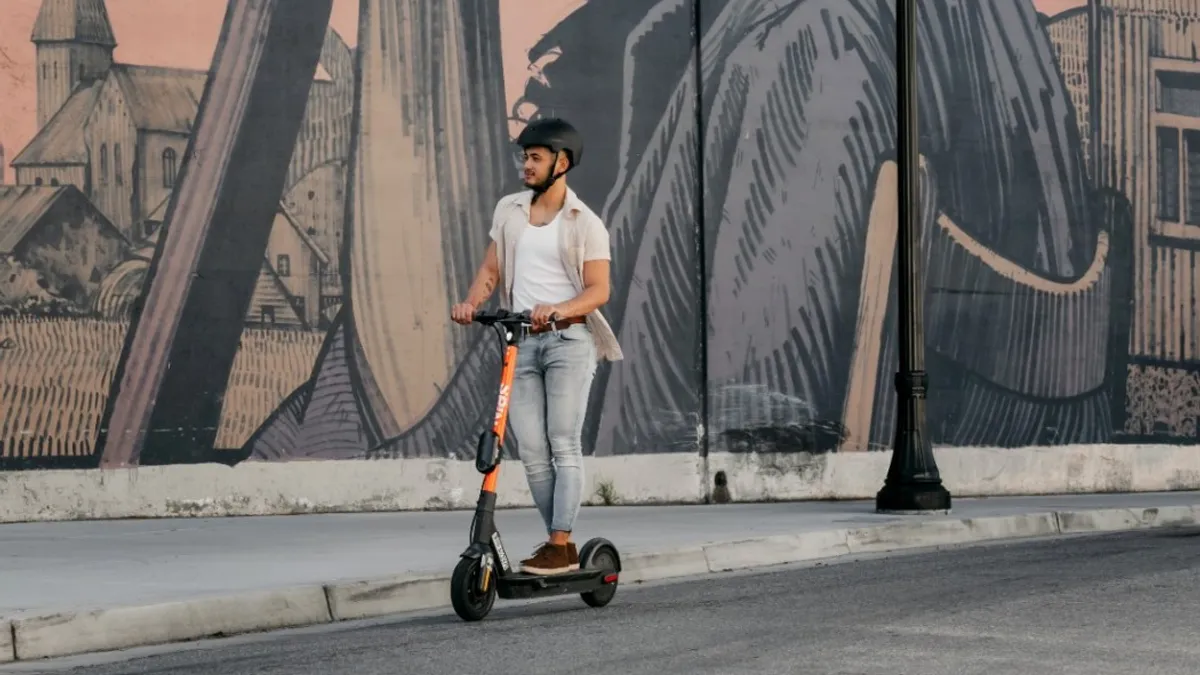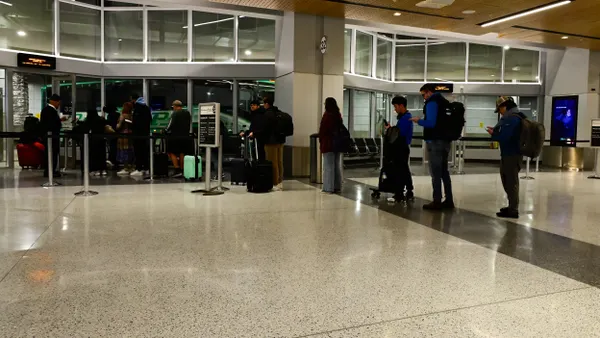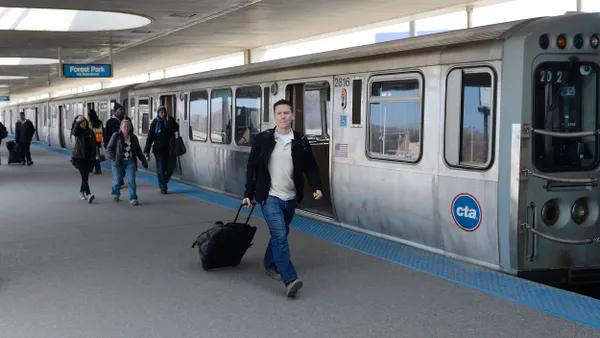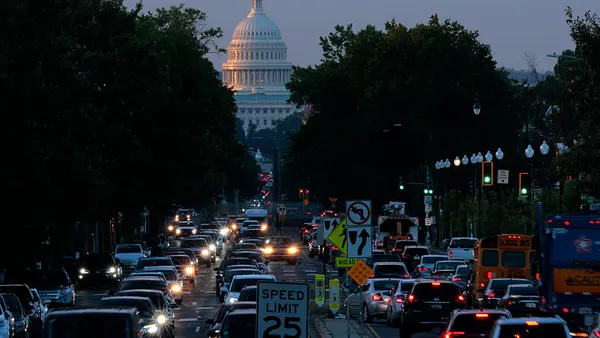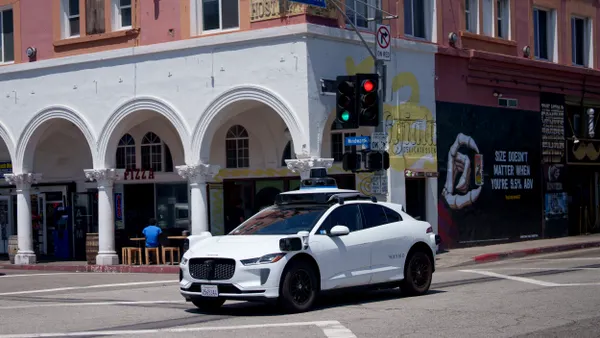Dive Brief:
- A new report from the Governors Highway Safety Association (GHSA) released Thursday said state legislatures must be more active in rule-making for micromobility devices like electric bikes and scooters, while there must be a greater focus on safety through providing more infrastructure and better data on crashes and injuries.
- The variation of statutes and regulations from state to state makes it difficult for riders and other road users to know what is permitted and makes it difficult for law enforcement to address unsafe behaviors, according to GHSA. Cities and states must invest more in separate infrastructure like protected bike lanes to reduce crashes. Riders will go where they feel most comfortable, like the sidewalk, without such infrastructure, according to the association.
- The report also urged the development of a universal standard of reporting data around injuries and crashes, which GHSA said is likely being undercounted due to that lack of a uniform standard. And with the Fixing America's Surface Transportation Act (FAST Act) due for reauthorization on Sept. 30, the association said there is an opportunity to include federal money for micromobility, to allow state and local governments to have programs and infrastructure of their own.
Dive Insight:
GHSA noted the explosive growth in the use of e-bikes and scooters in recent years, but while some states and cities have been leaders on regulating their use, others have been reluctant to do so as they are a new and often hard-to-define transportation method. Without better state regulations broad enough to take into account how the technology might evolve, it is hard to define proper rider behavior and the rules of the road, GHSA said.
"If you have some consistency in oversight, people start to understand what are the rules of the road from place to place," Pam Shadel Fischer, senior director for external engagement at GHSA and the report's author, said in an interview. "[If] there is some uniform guidance related to how these devices are to be operated and what rights they have to the road, I have a better understanding if I'm going to be in another state, and I encountered these devices, what I might expect."
A major concern on dockless mobility in cities has been safety, particularly the number of injuries and crashes that have occurred since they were introduced in 2018. GHSA said hospitals have reported triple digit spikes in e-scooter injuries and hospital admissions, while there have been 22 e-scooter fatalities since 2018.
But injuries and crashes have likely been underreported as there is no uniform standard for state and local transportation departments to record them, according to the report. Dockless companies should partner with state transportation and health officials and law enforcement to get a handle on the number of crashes and injuries their riders suffer and there appears to be a willingness on all sides to work together, Shadel Fischer said.
"We want the providers at the table because they are collecting a lot of trip data," Shadel Fischer said. "We're not looking for identified data where we have names and addresses, we're looking for de-identified data that tells us more about this mode, where they're operating and where they're not operating."
The coronavirus pandemic (COVID-19) has brought a renewed emphasis to changes in street design in cities, especially as many have embraced car-free streets and looked to encourage other activities like outdoor dining and bicycling. Shadel Fischer said this moment, especially with many people reluctant to return to mass transit over health concerns, should force a reckoning about how space is allocated.
"This is a pivotal time for us as a country to really take a step back and look at our infrastructure, look at our streets, look at our streetscapes and say, 'How can we redesign them as much as we possibly can to accommodate where we are today,'" Shadel Fischer said.
With FAST Act reauthorization winding through Congress, Shadel Fischer said there is a prime opportunity to make micromobility a bigger part of the transportation picture. States can apply for grants to help fund projects that protect vulnerable road users like pedestrians and bicyclists and educate all road users on how to behave safely. Under a new version of the FAST Act that could be expand into micromobility, a mode Shadel Fischer said is clearly not going away despite the ravages of the pandemic.
"[Micromobility is] really showing its value in many places during the pandemic and it's starting to create some greater awareness of how valuable and viable this mode can be," Shadel Fischer said. "I do think there's somewhat of a misnomer out there that people think that these programs died."



